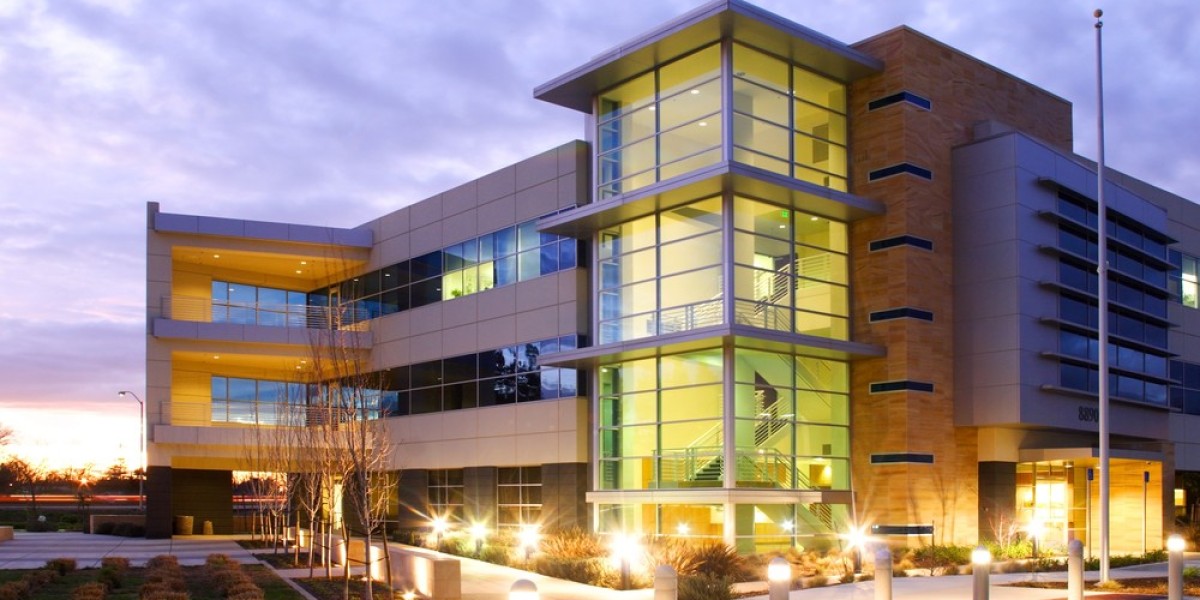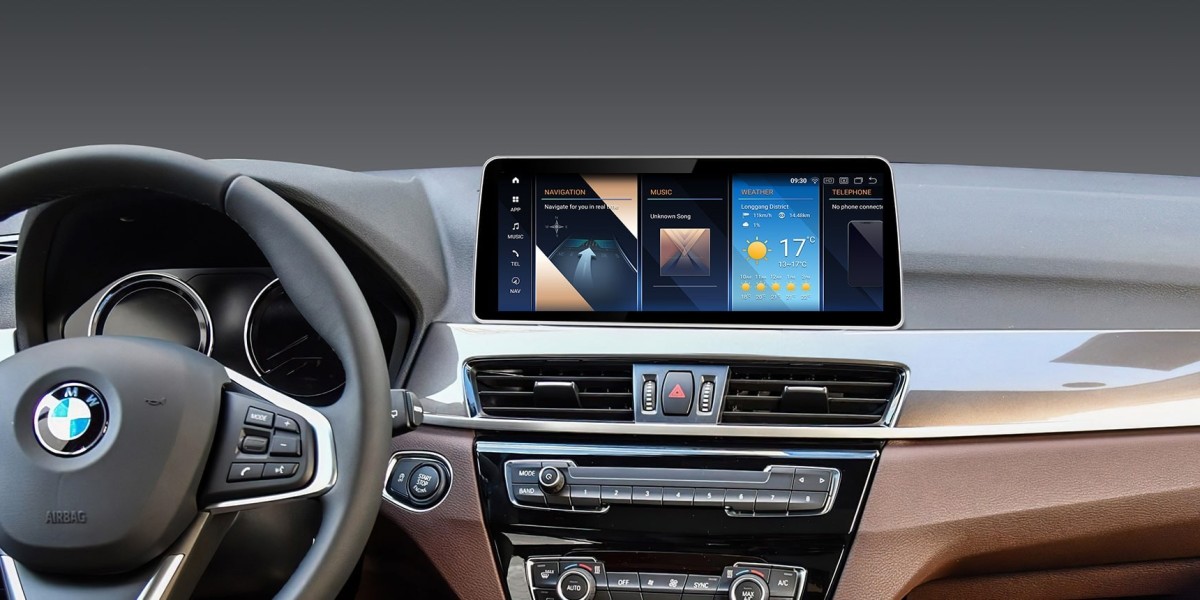Architectural design is continually evolving, driven by societal changes, technological advancements, and a deeper understanding of environmental considerations. As we look to the future, several top trends are shaping the field of architectural design. These trends encompass a wide range of factors, from aesthetics and materials to sustainability and user experience. Here are some of the top trends in architectural design. Read on and please go to the concluding part of the article if you are searching for one of the top 10 architects in India.
Sustainability and Eco-Friendly Design:
Perhaps the most significant trend in contemporary architectural design is the emphasis on sustainability. Architects are integrating eco-friendly practices into their designs, incorporating energy-efficient systems, renewable materials, and green technologies. Sustainable architecture goes beyond compliance with regulations, focusing on minimising environmental impact and promoting long-term ecological balance.
Biophilic Design:
Biophilic design centres on the incorporation of natural elements into the built environment to improve the well-being of occupants. Architects are integrating features such as indoor plants, natural light, and views of nature to create spaces that connect people with the natural world. Biophilic design not only enhances aesthetics but also contributes to increased productivity, reduced stress, and improved overall health.
Adaptive Reuse and Repurposing:
The adaptive reuse of existing structures is gaining popularity as a sustainable and economically viable design approach. Architects are creatively repurposing old buildings for new functions, preserving historical elements while meeting modern needs. This trend aligns with the principles of the circular economy, emphasising the importance of minimising waste and maximising the use of existing resources.
Parametric Design:
Parametric design, driven by algorithms and computational tools, is revolutionising the way architects conceptualise and create forms. This approach allows for the generation of complex, dynamic, and highly customizable designs that respond to specific parameters. Architects use parametric design to optimise structures for factors such as solar exposure, ventilation, and spatial relationships.
Innovative Use of Materials:
Advancements in material science have opened up new possibilities for architectural design. Architects are exploring innovative and sustainable materials that contribute to energy efficiency, durability, and aesthetic appeal. From engineered wood products to recycled and upcycled materials, the choice of materials plays a crucial role in shaping the identity of modern architectural designs.
Smart and Responsive Architecture:
The integration of smart technologies into architectural design is on the rise. Smart buildings incorporate features like automated lighting, temperature control, and security systems that respond to user behaviour and environmental conditions. Additionally, responsive architecture includes designs that can adapt to changing needs, such as flexible spaces that can be reconfigured based on user requirements.
Modular and Prefabricated Construction:
Modular and prefabricated construction methods are gaining traction for their efficiency and sustainability. These approaches involve the off-site manufacturing of building components, allowing for quicker assembly on-site. Modular construction not only reduces construction time but also minimises waste and disruption to the surrounding environment.
Cultural Sensitivity and Contextual Design:
Architects are increasingly recognizing the importance of cultural sensitivity in their designs. Contextual design involves understanding and respecting the cultural, historical, and social context of a site. By integrating local architectural traditions and responding to the unique characteristics of a place, architects create designs that resonate with the surrounding environment.
Wellness-Centric Spaces:
Designing spaces that prioritise the physical and mental well-being of occupants is a growing trend. Architects are incorporating features such as natural light, proper ventilation, and spaces for relaxation and social interaction. Wellness-centric design extends beyond healthcare facilities to include offices, residential buildings, and public spaces.
Digital Twin Technology:
The adoption of digital twin technology is transforming the design and construction process. A digital twin is a virtual representation of a physical building, allowing architects to simulate and analyse various aspects, from energy performance to user experience. This technology facilitates better decision-making throughout the design and construction phases.
Find one of the top 10 architects in India
In conclusion, the future of architectural design is marked by a convergence of sustainability, technology, and human-centric approaches. Architects are embracing innovative solutions, pushing the boundaries of creativity, and reimagining the built environment to address the evolving needs of society. As these trends continue to evolve, they will shape the architectural landscape and contribute to the creation of more resilient, sustainable, and human-centred spaces. We hope you have found the article useful. Meanwhile, if you are searching for the best architecture firms in India, you can visit the website.








